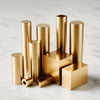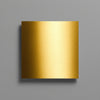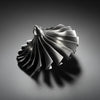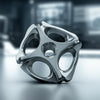The Top Plastic Materials for CNC Machining in Prototyping & Low-Volume Production
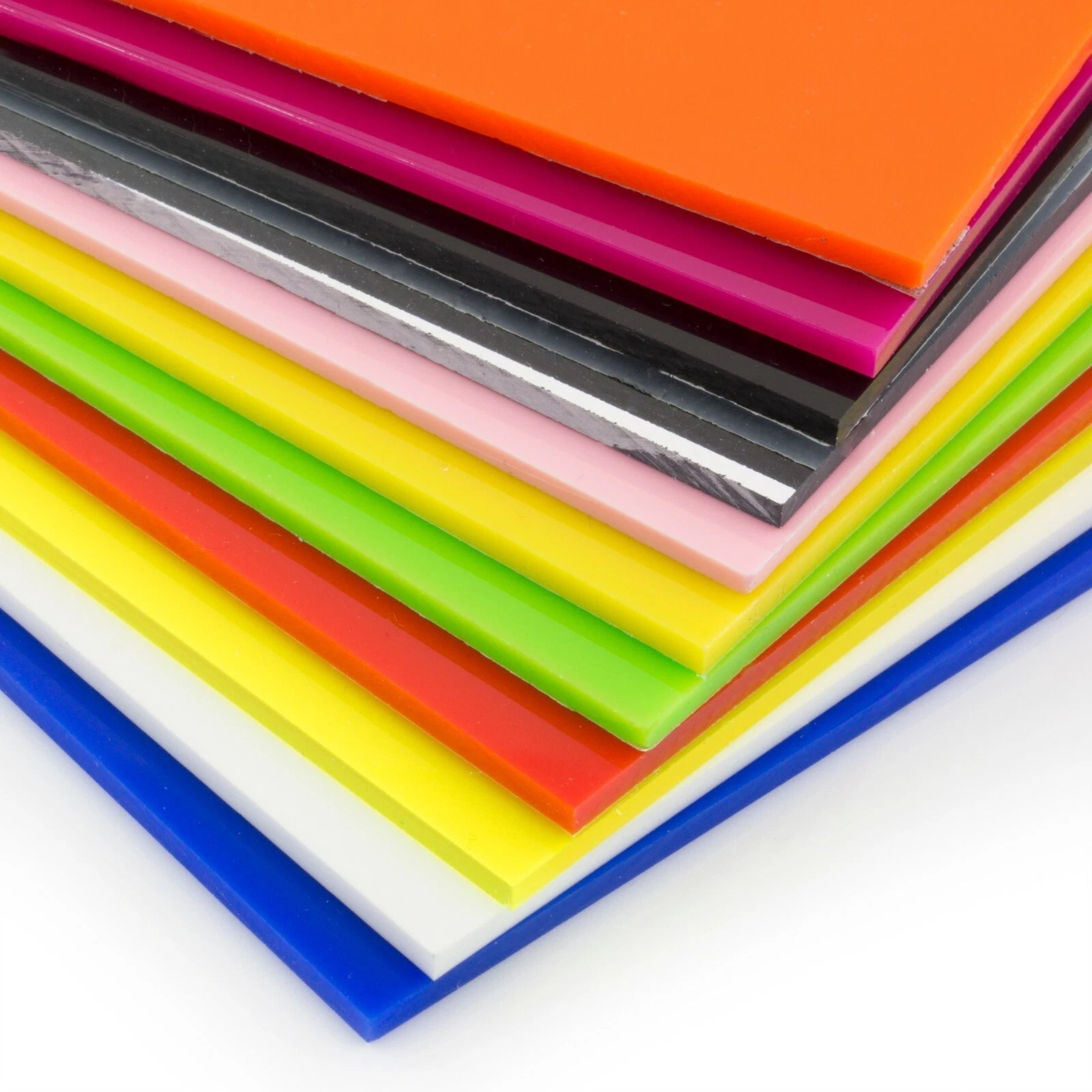
Why Plastics Dominate Prototype & Low-Volume CNC
CNC machining bridges the gap between design validation and full-scale production. For prototypes and batches of 10–500 units, plastics provide:
-
Cost Efficiency: Lower material costs vs. metals; minimal setup investment.
-
Design Flexibility: Rapid iterations for complex geometries without tooling delays.
-
Functional Testing: Simulates end-use performance (e.g., chemical resistance, load-bearing).
-
Weight Savings: Critical for automotive, aerospace, and medical devices.
Top 8 CNC Plastics: Properties, Applications & Machining Insights
1. ABS (Acrylonitrile Butadiene Styrene)
-
Key Properties: Impact resistance, machinability, low cost. Tensile strength: 29–43 MPa; hardness: Shore D 100.
-
Best For: Automotive housings, consumer electronics prototypes, functional snap-fit joints.
-
Machining Tips:
-
Use sharp carbide tools to prevent melting.
-
Optimize feeds/speeds to avoid delamination (e.g., 0.1–0.3 mm/rev feed).
-
-
Limitations: Poor UV/weather resistance; avoid for outdoor applications.
2. POM (Polyoxymethylene / Acetal)
-
Key Properties: High stiffness, low friction, exceptional dimensional stability. Tensile strength: 53 MPa (Delrin 570).
-
Best For: Gears, bearings, medical device components requiring precision.
-
Machining Tips:
-
Ideal for tight tolerances (±0.05 mm).
-
Minimize heat buildup with compressed air cooling.
-
-
Limitations: Prone to cracking under high stress; avoid acidic environments.
3. Polycarbonate (PC)
-
Key Properties: Optical clarity, impact resistance, heat tolerance (up to 135°C). Tensile strength: 55–77 MPa.
-
Best For: Transparent prototypes (lighting covers, safety visors), EMI shields.
-
Machining Tips:
-
Prevent scratching with polished diamond tools.
-
Use low RPM to reduce internal stresses.
-
-
Limitations: Vulnerable to UV degradation and solvents like acetone.
4. Nylon (PA 6/66)
-
Key Properties: High wear resistance, flexibility, and fatigue strength. Tensile strength: 76 MPa (PA 66).
-
Best For: Bushings, pulleys, and parts requiring repeated motion.
-
Machining Tips:
-
Pre-dry material (4 hrs at 80°C) to prevent moisture-induced swelling.
-
Glass-filled grades (PA 30% GF) boost strength but increase tool wear.
-
-
Limitations: High water absorption (up to 8%) affects dimensional stability.
5. PEEK (Polyetheretherketone)
-
Key Properties: Aerospace-grade thermal/chemical resistance. Tensile strength: 93 MPa; continuous service: 260°C.
-
Best For: Sterilizable medical implants, high-temperature engine components.
-
Machining Tips:
-
Requires rigid setups and sharp tools (uncoated carbide).
-
Use high-pressure coolant to manage heat.
-
-
Limitations: High cost (~5× ABS); complex machining raises part expenses.
6. PTFE (Teflon)
-
Key Properties: Lowest friction coefficient (0.04), chemical inertness, non-stick surface.
-
Best For: Seals, gaskets, lab equipment liners for corrosive fluids.
-
Machining Tips:
-
Avoid deformation with light clamping forces and support structures.
-
Glass-filled PTFE improves creep resistance for load-bearing parts.
-
-
Limitations: Low strength (9–30 MPa); prone to creep under load.
7. Acrylic (PMMA)
-
Key Properties: Optical clarity (92% light transmission), weather resistance.
-
Best For: Light pipes, display prototypes, cosmetic housings.
-
Machining Tips:
-
Polish edges with flame or solvent (e.g., acetone vapor) for optical clarity.
-
Use low feed rates to prevent chipping.
-
-
Limitations: Brittle; unsuitable for high-impact applications.
8. Polypropylene (PP)
-
Key Properties: Chemical resistance, flexibility, and low density (0.9 g/cm³).
-
Best For: Fluid-handling components, living hinges, disposable medical parts.
-
Machining Tips:
-
High RPM tools reduce material “gumming.”
-
Minimize stresses to avoid warping.
-
-
Limitations: Poor UV resistance; difficult to bond/paint.
Material Selection Guide for Prototypes & Low Volumes
Use this decision framework to match materials with project goals:
| Requirement | Top Material Choices | Rationale |
|---|---|---|
| Cost-sensitive | ABS, PP | Low material cost; easy machining. |
| High precision | POM, Glass-filled Nylon | Dimensional stability; tolerances ≤0.05 mm. |
| Chemical exposure | PTFE, PEEK | Resists acids, solvents, and steam. |
| Structural integrity | PEEK, PC | Strength-to-weight ratio comparable to metals. |
| Optical clarity | PMMA, PC | Transparency with polishable finishes. |
Overcoming Machining Challenges with Plastics
-
Chip Control: For thermoplastics (e.g., PE, PP), use Low-Frequency Vibration (LFV) machining to break chips into manageable fragments, preventing “bird nesting”.
-
Tool Wear: Reinforced plastics (e.g., PA 30% GF) accelerate wear. Opt for diamond-coated tools and parameters like *Vc = 120 m/min*, *fz = 0.1 mm/tooth*.
-
Heat Management: Prevent melting/delamination with:
-
Air or mist cooling (avoid water-based coolants for hygroscopic nylons).
-
Climb milling to reduce heat accumulation.
-
-
Fixturing: Use vacuum plates or 3D-printed soft jaws to secure thin-walled parts without distortion.
The Future: Sustainable Plastics for Prototyping
Bio-based polymers (e.g., recycled PP, UHMW) are gaining traction for eco-conscious prototypes. Innovations like RIM (Reaction Injection Molding) enable fast, low-waste production of urethane parts mimicking ABS/PP — ideal for 50–500 unit batches.
-
Posted in
cnc machining, Plastic, precision machining, R&D, rapid prototyping

